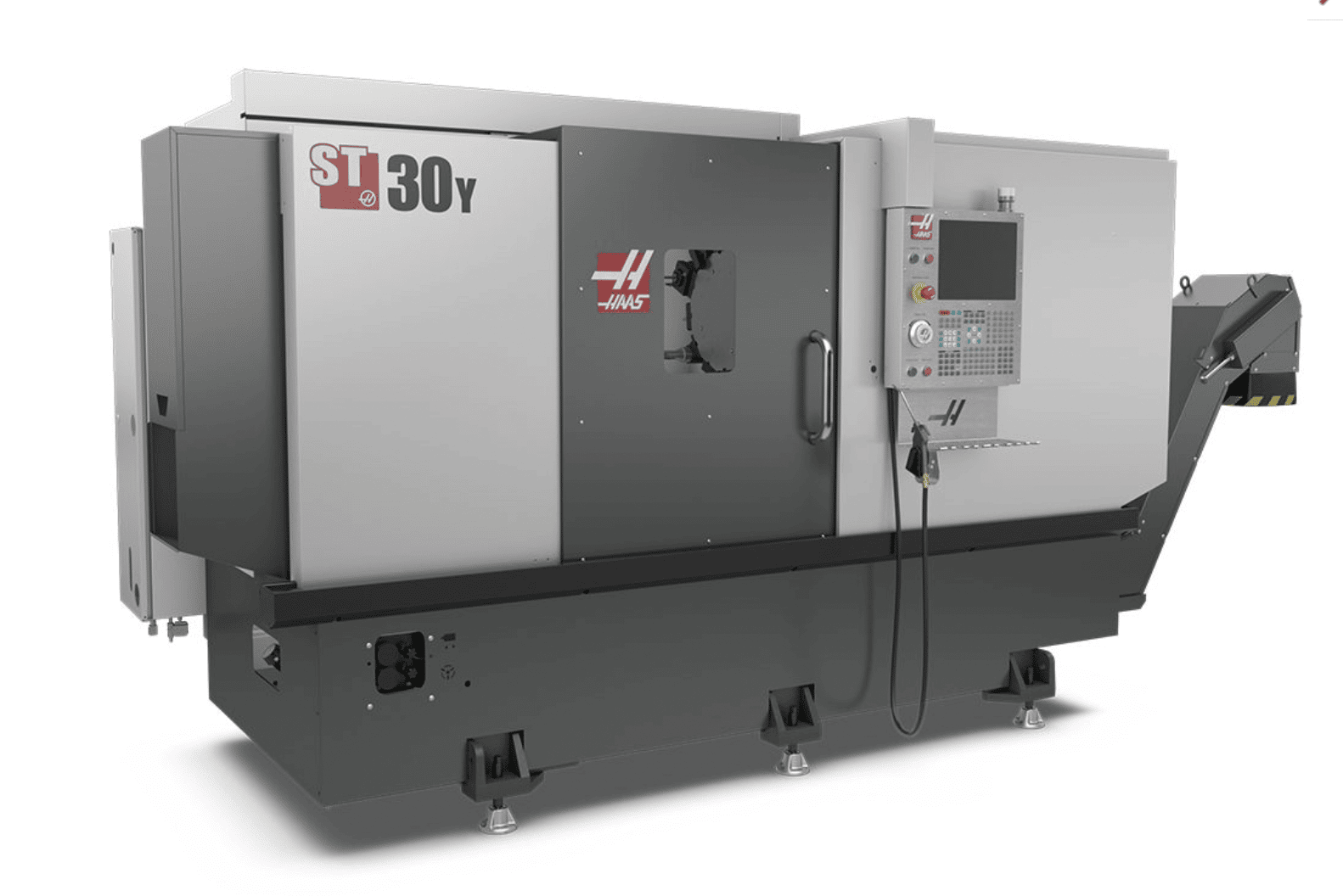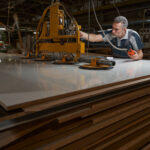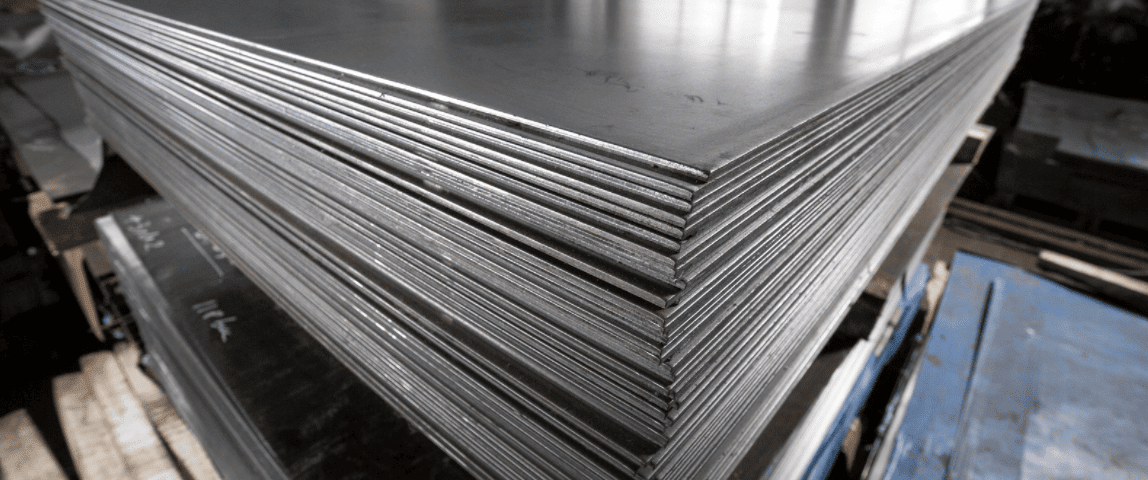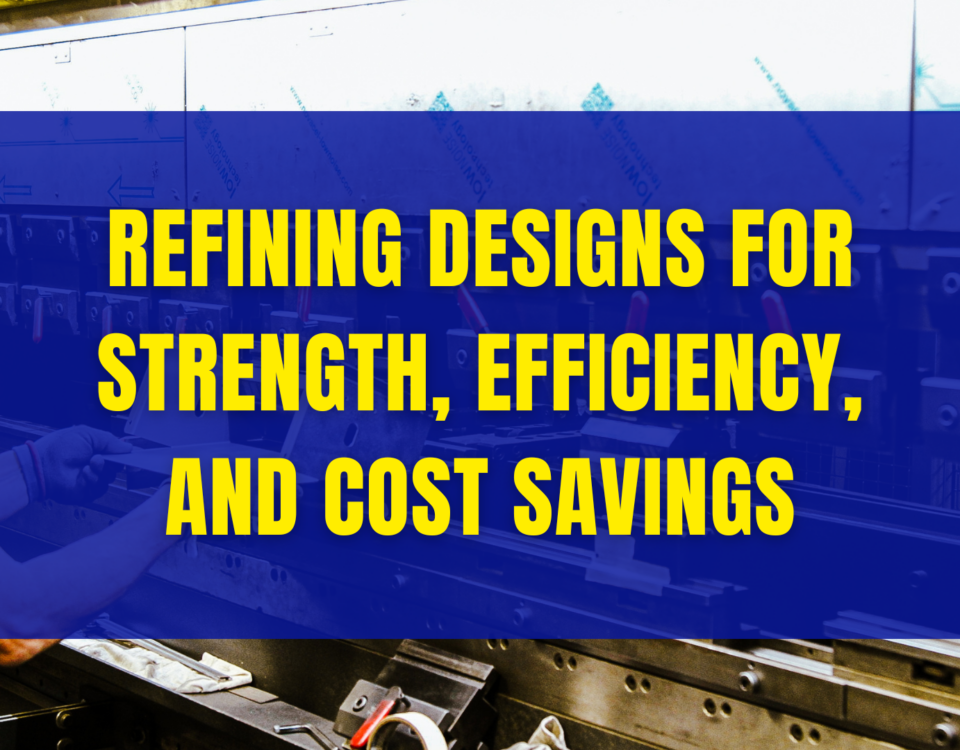
AMS Gets New Haas Machines
November 1, 2021
What Can AMS do with Sheet Metal?
February 1, 2022Common Types of Metals AMS works with: Stainless Steel, Aluminum, Carbon Steel
At AMS, we can work with several types of metals for a vast array of projects. Let’s take a look at three common types of metals we work with and what they can do for you.
Stainless Steel
This metal material is defined as a ferrous alloy with a minimum of 10.5% chromium content. The name originates from the fact that stainless steel does not stain, corrode or rust as easily as ordinary steel.
Special Property: This metal is also referred to as corrosion-resistant. Stainless steels have higher resistance to oxidation (rust) and corrosion in many natural and man-made environments.
Metal Appearance: Stainless steel’s resistance to corrosion and staining, low maintenance, and familiar luster make it an ideal base material for a host of commercial and residential metal applications.
Metal Cost: Stainless steel can be more expensive than standard steel but does not require painting or treating after production.
Aluminum
This metal is found primarily in bauxite ore and is known for its resistance to corrosion (due to the phenomenon of passivation) and it’s lightweight. This metal is used in many industries to manufacture a large variety of products.
Metal Appearance: Aluminum is a soft, lightweight metal with normally a dull silvery appearance caused by a thin layer of oxidation that forms quickly when the metal is exposed to air. Aluminum is nontoxic (as a metal), nonmagnetic, and nonsparking. Aluminum is about one-third as dense as steel or copper; it is malleable, ductile, and easily machined and cast. It has excellent corrosion resistance and durability because of the protective oxide layer.
Special Property: Improper use of aluminum may result in problems, particularly in contrast to iron or steel, which appear “better behaved” to the intuitive designer, mechanic, or technician. The reduction by two-thirds of the weight of an aluminum part compared to a similarly sized iron or steel part seems enormously attractive, but know that this replacement is accompanied by a reduction by two-thirds in the stiffness of the part. Therefore, although direct replacement of an iron or steel part with a duplicate made from aluminum may still give acceptable strength to withstand peak loads, the increased flexibility will cause three times more deflection in the part.
Metal Cost: Aluminum may be more expensive than standard steel and approximately the same cost as stainless steel.
Carbon Steel
This metal is an alloy primarily composed of iron, with a carbon content between .02% and 1.7%, depending on grade. Carbon is the most cost-effective alloying element for iron.
Special Property: Commercial grades of steel used in the production of brackets and fabrications are typically supplied in sheets with thicknesses described as gauges. Typical gauges would be 12 (.10”), 14 (.075”), 16 (.060”), 20 (.035”) gauge. Plate steel would be described in thickness of 3/16 (7 ga), ¼”, 3/8”, and ½”.
Metal Appearance: Light gauge sheet steel (12 gauge to 20 gauge) would normally be cold rolled and have a smooth, clean surface. Heavy gauge steels (3/16” to ½”) are typically hot rolled. The surface is rougher than cold-rolled but still acceptable for most applications.
Metal Cost: Steel is the most cost-effective and durable metal available for fabrication. It is not resistant to rust so therefore needs surface coverage. AMS has powder coating services that can protect your steel.
Which Metal is Best?
The type of metal to use for your components will be determined by its use. Talk to AMS about your project and we can help you find the best solution for your budget.



